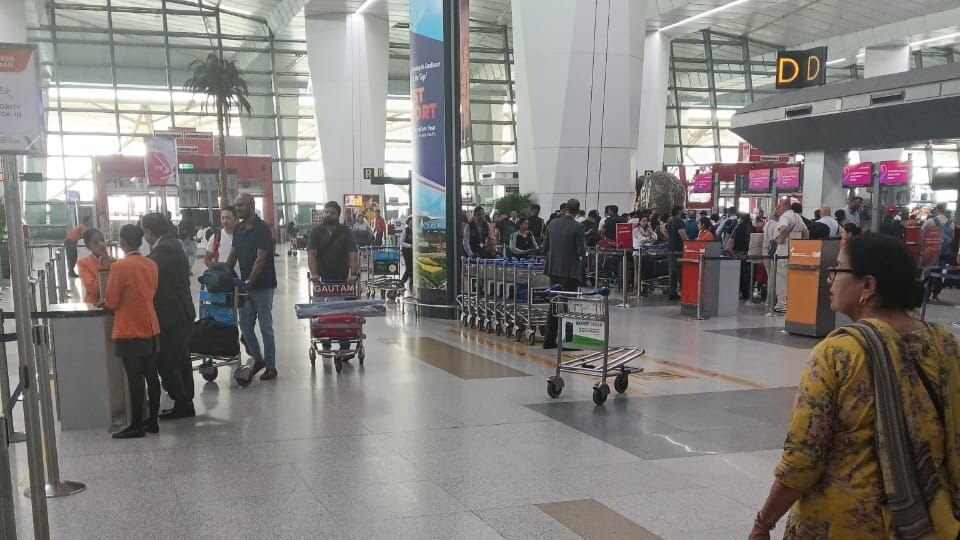Delhi Airport is set to cancel 114 daily flights from 15 June to 15 September as it undergoes a significant runway upgrade, according to Delhi International Airport Limited (DIAL) CEO Videh Kumar Jaipuriar.
The work, previously delayed due to congestion concerns, will enhance the Instrument Landing System (ILS) to CAT III standards, ensuring safer landings in low-visibility conditions typically experienced during winter fog. This upgrade is crucial for maintaining operational efficiency during the challenging winter months when fog can severely impact visibility and flight schedules.
The Indira Gandhi International Airport, India’s largest and busiest, manages approximately 1,450 flight movements daily. With the runway RW 10/28 scheduled for an upgrade, 200 flights will be affected over the three months, with 114 cancelled and 86 rescheduled to less busy periods. Although the runway will reopen mid-September, the ILS upgrade is expected to conclude by 27 November, just ahead of the winter season. This timeline ensures that the airport is fully prepared to handle the increased challenges posed by winter weather conditions.
At a press conference on Friday, Jaipuriar said, “The Delhi airport handles 1,450 aircraft movements per day. Out of these, 114 daily movements will be cancelled during the runway upgrade. Passengers will face inconvenience in the short term, but definitely stand to benefit in the long run.” The upgrade is anticipated to improve flight operations during dense fog, which often causes significant delays. By enhancing the runway’s capabilities, DIAL aims to minimise disruptions and maintain a high standard of service for passengers.
The runway closure will reduce the airport’s arrival capacity from 42 flights per hour to 32, impacting major routes like those to Mumbai and Patna. This strategic decision comes during a lower travel season to prevent disruptions during peak festive travel periods. A climate mitigation plan is also being prepared to address extreme weather conditions, with a report expected by year’s end.
The current upgrades include making the runway CAT III-B compliant, an advanced system that allows landings in extremely low visibility. This strategic overhaul aims to enhance winter operations, reducing delays during the fog-prone months. All schedule changes have been coordinated with the Directorate General of Civil Aviation (DGCA) to ensure minimal disruption to passengers. By upgrading to CAT III-B, the airport is significantly boosting its capability to handle adverse weather conditions, thereby improving overall safety and efficiency.
Previous attempts to upgrade the runway in April were halted due to unexpected weather changes and insufficient flight rationalisation by airlines, causing chaos. The Ministry of Civil Aviation had to intervene, instructing DIAL to pause the work and coordinate better with airlines to minimise passenger inconvenience. This experience has informed the current strategy, with more robust planning and coordination in place to ensure a smoother process this time around.
A new slot plan has been developed in collaboration with airlines, DGCA, Air Traffic Control, and the Ministry of Civil Aviation to prevent cascading delays. This plan is part of a wider strategy to manage flight schedules efficiently during the runway’s closure, coinciding with a typically less busy period to reduce the impact on travellers.
